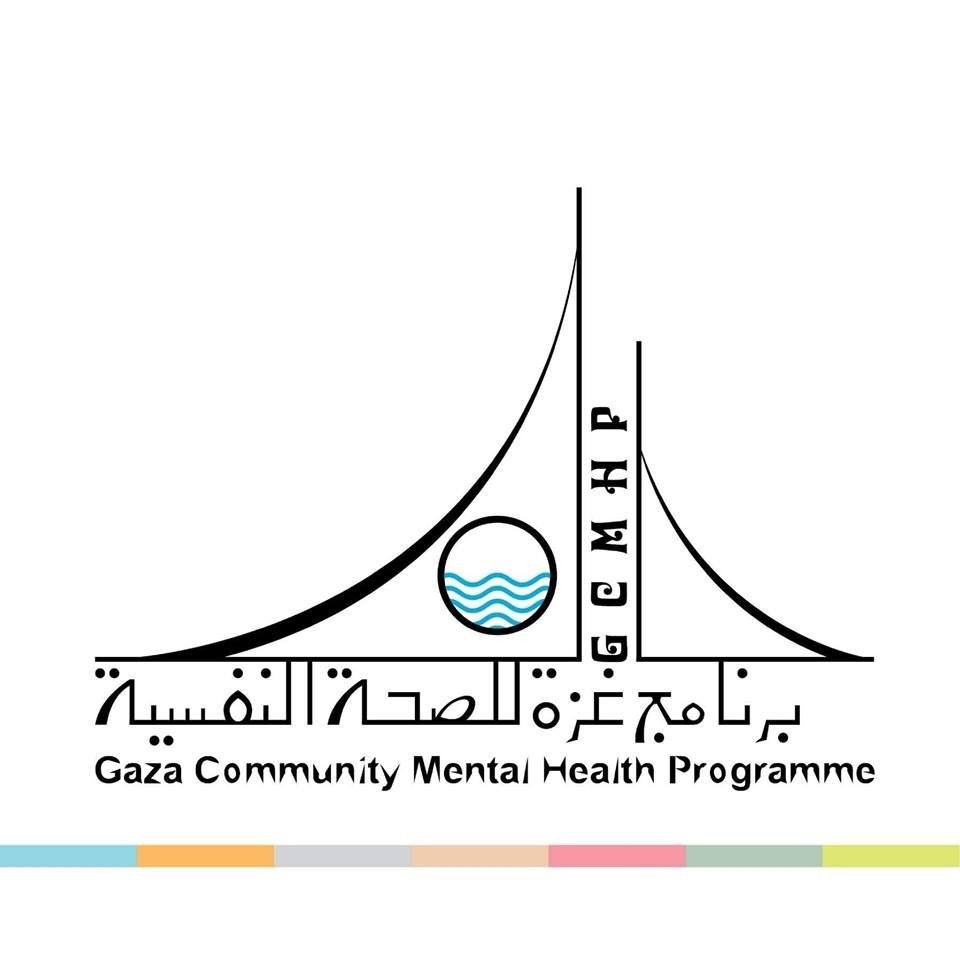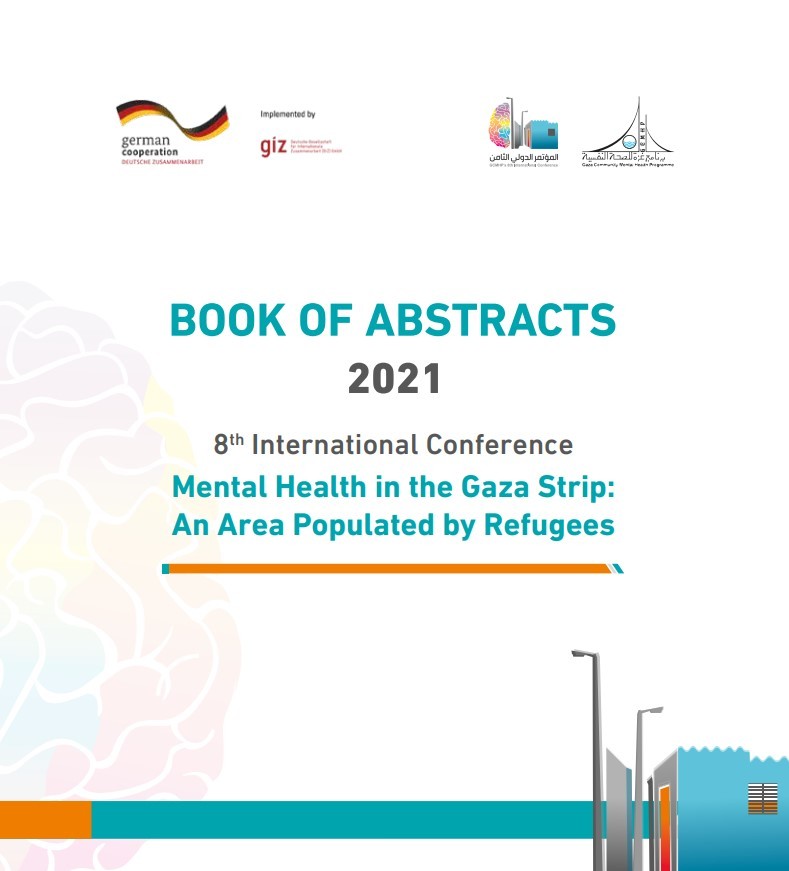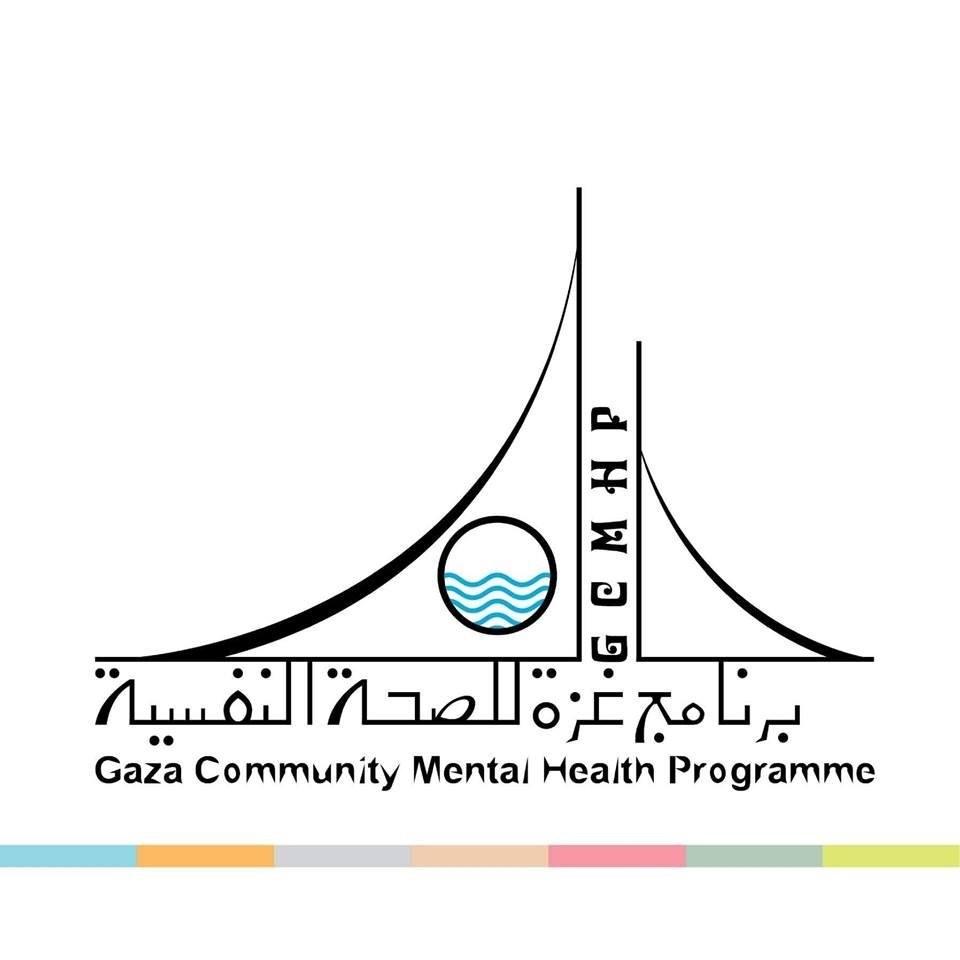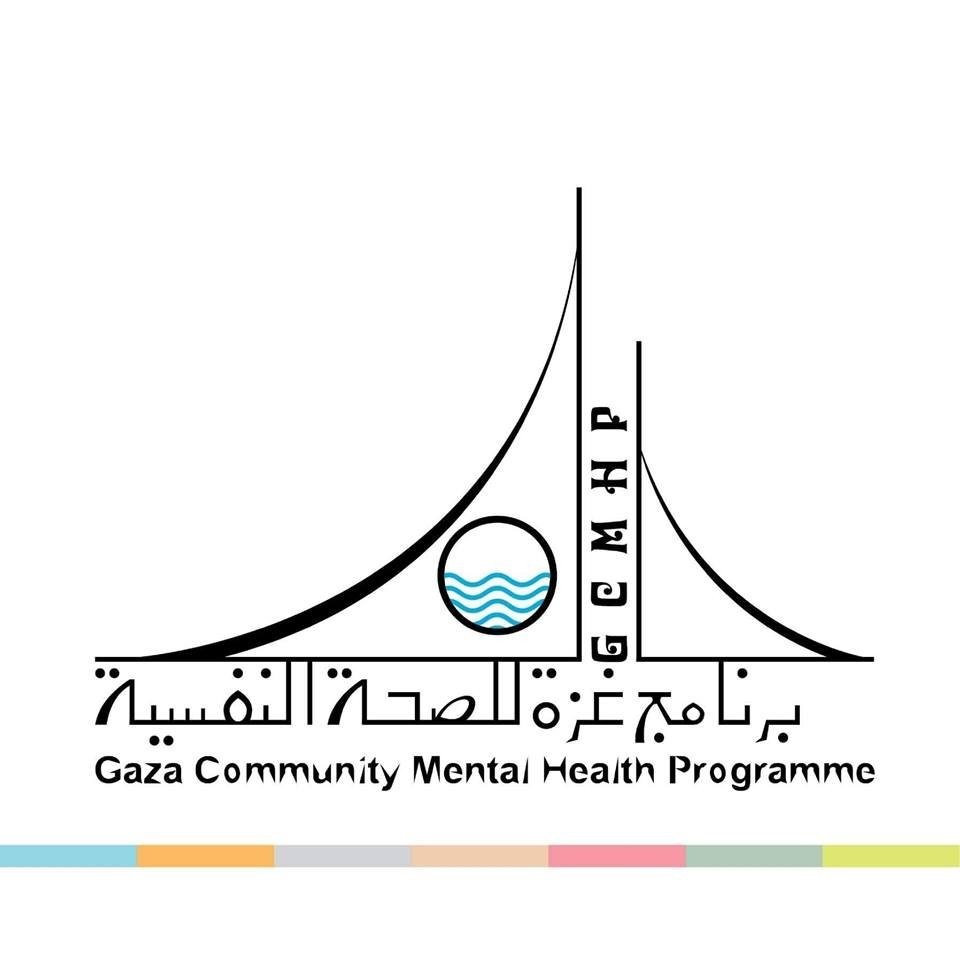
“Long-Term Psychological Effects of the 2012 Israeli Offensive on Gaza on Palestinian Children & Parents GCMHP, 2013”
1 Long-Term Psychological Effects of the 2012 Israeli Offensive on Gaza on Palestinian
Children & Parents GCMHP, 2013
Gaza Community Mental Health Programme
“Long-Term Psychological Effects of the 2012 Israeli Offensive on Gaza on Palestinian Children & Parents”
Researcher:
Dr. Vivian Khamis
Associate Professor
November 2013
2 Long-Term Psychological Effects of the 2012 Israeli Offensive on Gaza on Palestinian
Children & Parents GCMHP, 2013
Summary
This study was conducted in order to investigate the long-term psychosocial repercussions and effects of the 2012 war on Gaza Strip on children and parents’ mental health and well-being. More specifically, the objectives of the research were : 1) to investigate the impact of combination of risk variables (i.e., children’s characteristics and war traumas), and protective variables (i.e., variations across children’s coping strategies) on children’s’ behavioral and emotional disorders, neuroticism and PTSD; 2) to investigate the impact of combination of risk variables (i.e., parent ’s sociodemographics, war traumas, and normative stressors), and protective variables (i.e., variations across families repertoires for management) on parents’ psychological distress and well being .
This study provides a conceptual and methodological framework with a cultural perspective, whereby the quantitative methods of survey research are linked with the methods derived from a qualitative ethnographic approach. The quantitative part of this study includes a battery of scales that measure and analyze the critical experiences of the affected families during the 2012 war on Gaza Strip and the long term effects on children and parents’ mental health and well being. The qualitative part consists of focus group discussions with the affected family members and their narratives.
In the quantitative study, the sample consisted of 205 families of whom 6 were fathers, 136 mothers, 99 were boys, and 106 were girls. The ages of the children ranged from 9 to 18 years whereas parents ages ranged from 38 years to 57 years. The measures in this study were administered as a battery of questionnaires focusing on war trauma, normative stressors and mental health consequences, as well as risk factors and mediators of children and parents’ psychosocial outcomes following war traumas during the 2012 war on Gaza.
In the qualitative study, a total of thirty family members who were affected by the 2012 Israeli offensive on the Gaza Strip were recruited to participate in the group discussions; of these, nine were girls and their ages ranged from 10 to 15 years, six were boys and their ages ranged from 10 to 14 years, eight were women and their ages ranged from 25 to 40 years, and seven were men and their ages ranged from 27 to 52 years.
The results of the study have documented that approximately 30 percent of the Palestinian children who were exposed to higher levels of war traumas during the 2012 war on Gaza have developed PTSD with excess risk for comorbidity with other disorders such as emotional symptoms and
3 Long-Term Psychological Effects of the 2012 Israeli Offensive on Gaza on Palestinian
Children & Parents GCMHP, 2013
neuroticism, in addition to fear from bombardment, shelling and rocket attacks which was reflected in children’s narratives. Also, the analyses of the results emphasized the crucial role of exposure to war trauma during the 2012 war on Gaza in predicting PTSD symptomatology, and neuroticism. It is likely that the high rates of PTSD symptomatology in Palestinian children may be attributed to living under conditions of constant political oppression, overwhelming experiences of death and destruction and excessive demands. The findings also revealed that children with lower family income reported higher levels of emotion and behavioral disorders and neuroticism. This may be explained by the fact that low income is likely linked to economic pressure which in turn has an impact on children’s mental health both directly as a source of stress and indirectly through reducing resources that may buffer the impact of traumatic events. While children who used emotion focus coping were at a higher risks of PTSD, emotional and behavioral disorders and neuroticisim, children who used problem focus coping were at a lower risks of PTSD and neuroticism.
As for parents, mothers had more psychiatric disorders such as somatization, anxiety, phobic anxiety, GSI, and neuroticism than did fathers. Although mothers and fathers were exposed to comparable levels of normative stressors, mothers concerns about the intrafamily strains, and family legal violations were greater than they were for fathers. However, the results findings raise questions about the impact of war atrocities and normative stressors on parents’ mental health. When the normative stressors entered the regression model war trauma became non-significant and the intrafamily strains and family legal violations appeared to have more adverse effects than the war traumas. The results revealed that fathers possess a larger repertoire of resources for management when compared to mothers. The fathers in this study had higher scores than did mothers on resources reflected in esteem and communication, mastery and health, extended family social support and financial well-being. However mastery and health as a resource for management seem to buffer the affect of war traumas and normative stressors on neuroticism in both parents.
In sum, the study has addressed several major problems that confront children and their parents who have been affected by war traumas during the 2012 war on Gaza Strip in November 2012 and that have resulted in varying degrees of stress reactions. These problems are psychological, emotional and behavioral, and they vary from child to child and from parent to a parent according to gender and parental roles, socioeconomic status, level of exposure to war trauma, and normative stressors that they encounter. This variation was also influenced by many psychosocial resources and coping strategies. Despite this variability, several recurring themes have implications for identification, prevention, and intervention.
4 Long-Term Psychological Effects of the 2012 Israeli Offensive on Gaza on Palestinian
Children & Parents GCMHP, 2013
With the recognition of the psychological damage and the associated stressors that follow war traumas among Palestinians, there should be a growing concern among mental health professionals to prevent or minimize posttraumatic morbidity. Prevention approaches are necessary for the treatment of posttrauma mental health problems following war traumas. A number of prevention strategies that distinguish between interventions taking place before the crisis (primary prevention), during the crisis (secondary prevention), or after the crisis (tertiary prevention) have to be taken into consideration. Optimal interventions focus on preventing trauma exposure and/or limiting negative mental health effects resulting from trauma exposure.
Primary prevention programs may be achieved through training workshops and educational programs for mothers and children in order to be able to cope with the trauma. Also, primary prevention approaches such as stress-mitigation programs may be directed toward those who were seen as vulnerable, living in areas that are highly exposed to war traumas and to others who have certain statuses and roles, such as mothers, and children. Generic educational programs that provide information about normal responses, sources of help, and preventive and helpful measures are needed. Secondary prevention efforts may include strategies that aim to expedite the recovery of individuals who have recently experienced a particular war trauma and/or to restore or provide access to system level resources. As a strategy for secondary prevention, community development is particularly appropriate. Efforts should be placed on mobilizing communities’ capabilities and on helping the communities to become self-sufficient. Therefore, community intervention programs should be encouraged. These include didactic expositions of studies on Palestinian families, recommendations for action, and group discussions in which community members can share their experiences and problems with professional as well as with government officials. Tertiary prevention may be provided through a wide range of psychological services, including individual therapy or counseling, group therapy, and family therapy. However, treatment will necessarily depend on local circumstances and should take into account the cultural background of the traumatized individuals. These services require credentialed clinicians in psychiatry, psychology, and social work, as well as allied professionals, and, therefore, training programs and in-service workshops are urgently needed to teach people to catalog, evaluate, and refine a therapeutic armamentarium to serve traumatized family members. Successful psychological treatment may be trauma focused, since several currently practiced treatment modalities require the person to focus on traumatic memories .Such treatment approaches range from implosive therapy (flooding) to cognitive therapies that encourage thinking and talking about the personal meaning of traumatic experiences. Other interventions may consist of coping skills training that
5 Long-Term Psychological Effects of the 2012 Israeli Offensive on Gaza on Palestinian
Children & Parents GCMHP, 2013
target mothers and children in order to help them cope with bombardment, rocket attacks and shelling. The intervention may focus on a wide range of cognitive and behavioral skills, scheduled group activities, and network development. The main components of the program may focus on the common problem areas of affected family members that include problem solving, requesting help, and improving the coping strategies. Mental health professionals in Gaza Strip need to gain feedback from traumatized individuals to identify the problems that they encounter and to set the standards for culturally sensitive models of assessment, prevention, and intervention.
War traumas tend to deplete family resources, therefore family members need to be encouraged and assisted in locating resources for social support outside the nuclear family. These resources may include self-help groups who provide mutual support for each other. Other interventions may consist of coping skills training that target mothers and children in order to help them when there is bombardment, rocket attacks and shelling. The intervention may focus on a wide range of cognitive and behavioral skills, scheduled group activities, and network development. Mental health professionals in Gaza Strip need to gain feedback from traumatized children and their parents to identify the problems that they encounter and to set the standards for culturally sensitive models of assessment, prevention, and intervention.
Undoubtedly, an urgent need exists for a broad based governmental response that includes the enactment of appropriate legislation, and social welfare system reform to aid people in the psottrauma environment at the financial, reconstruction , and professional levels.




Read Comments
Steven Rich
March 10, 2019Omnis iste natus error sit voluptatem accusantium nam libero tempore, cum soluta nobis est eligendi optiocumque nihil impedit quo minus id quod maxime.
Van Wimbilton
March 10, 2019Natus error sit voluptatem accusantium nam libero tempore, cum soluta nobis eligendi optio cumque nihil impedit quo minus id quod maxime.